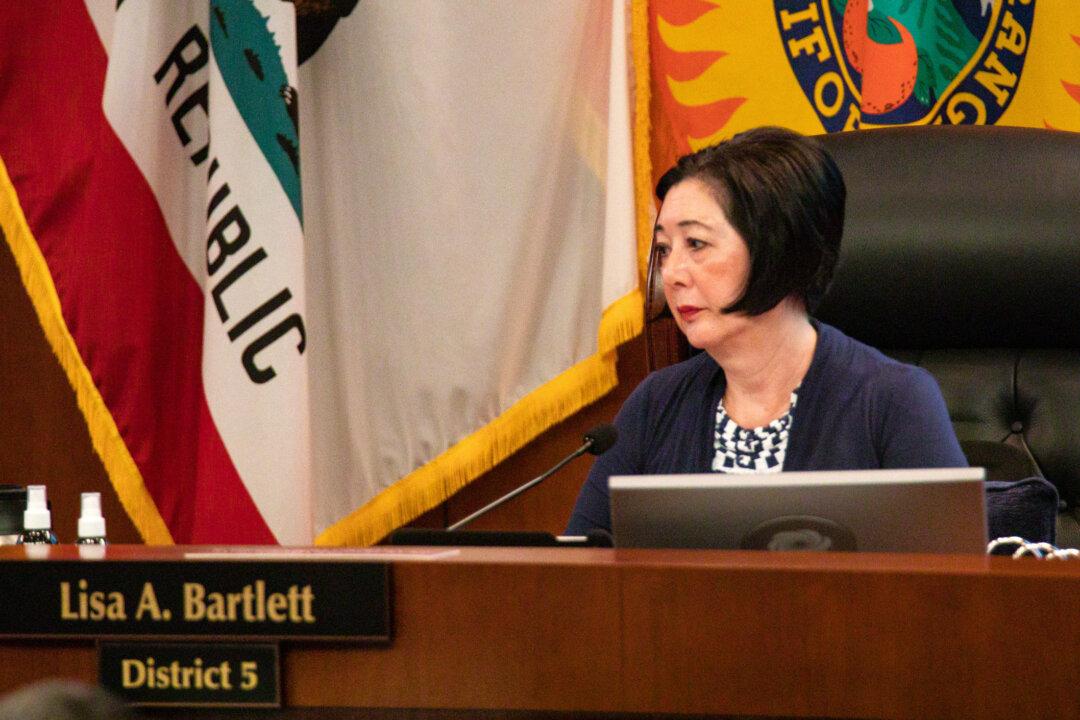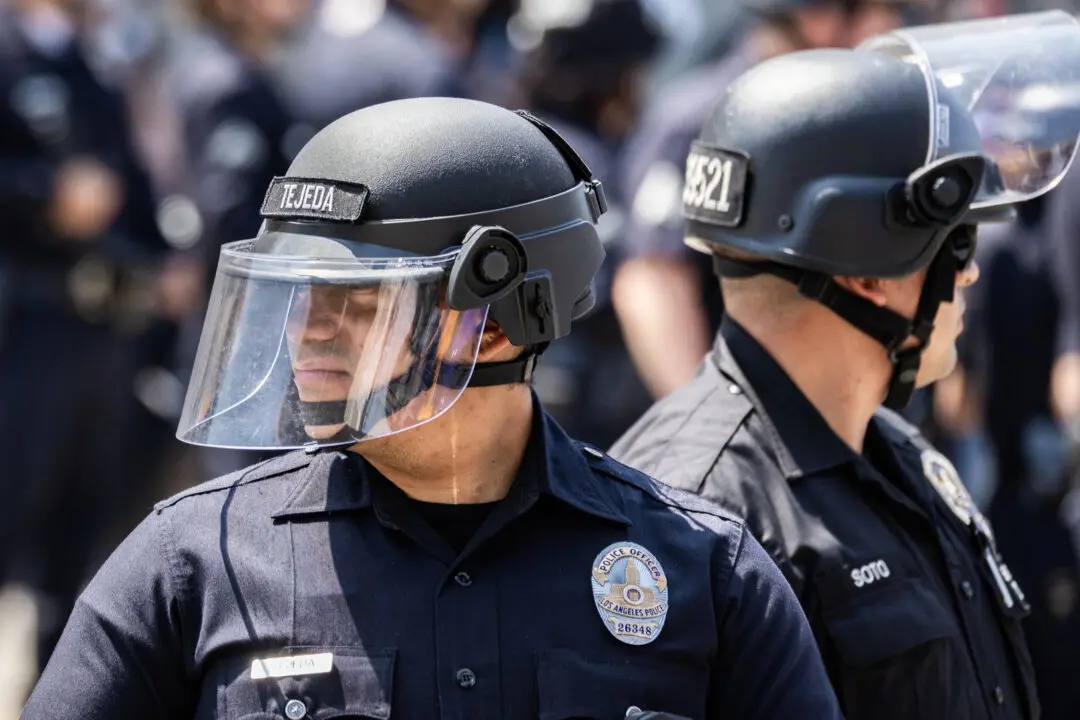SANTA ANA, Calif. (CNS)—Orange County falls within California’s new “purple tier” of counties for COVID-19, the worst level, but it’s on the verge of being upgraded to the next tier of red, Orange County Supervisor Lisa Bartlett said Aug. 28 after state officials unveiled a new rating program.
Still up in the air is how the new focus on case and positivity rates will affect the county’s expectation to open up all schools to in-classroom learning after Labor Day.





